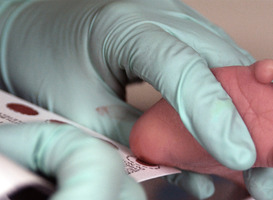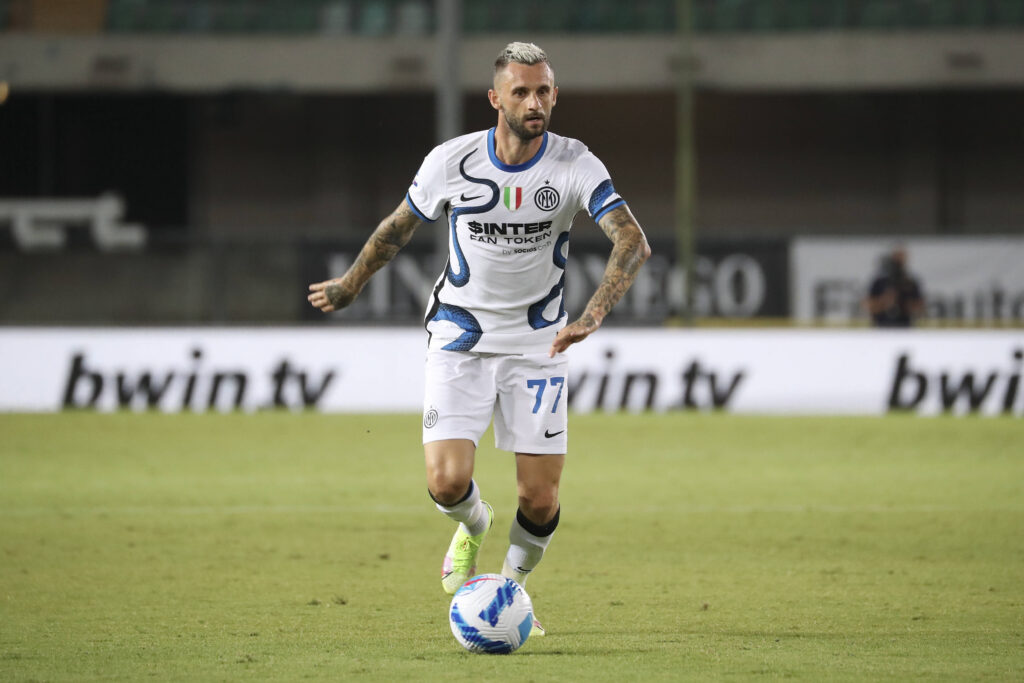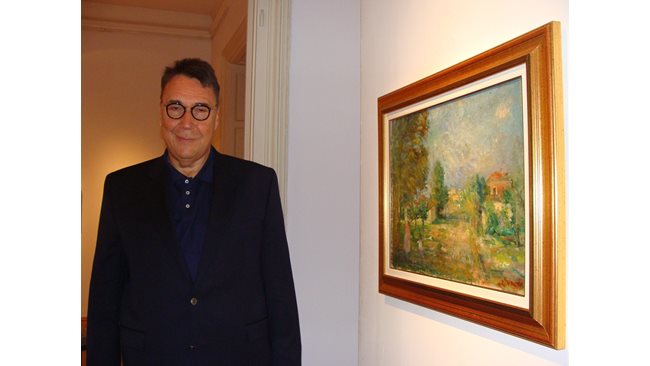Muscle Diseases Netherlands is extremely pleased with the decision of State Secretary Paul Blokhuis of Public Health to include the Zolgensma gene therapy in the basic package as of 1 November 2021. Each year, 15 to 20 families are told that their young child has spinal muscular atrophy (SMA). A disease with a stagnant development, paralysis of the muscles, and if treatment is not or too late, death before toddler age. This reports Muscle Diseases Netherlands.
–
“It’s incredible that for the first time there is a drug that addresses the root cause of this serious illness in babies, not just the symptoms. If the heel prick screening for SMA is now quickly arranged, the circle will be complete. A baby can then be treated before the symptoms appear. Unnecessary, irreparable damage can then be prevented,” says director Marcel Timmen of the association.
Every day counts
The muscle disease SMA is a serious, progressive disease that is accompanied by complaints of muscle weakness and problems with breathing. Half of the children with this diagnosis die before the first year of life. Zolgensma offers children with SMA and their parents a whole new perspective on life, says Timmen. “However, before such a new therapy is actually available, a lengthy research and approval process often follows. Muscle Diseases The Netherlands was closely involved in this and has urged all parties involved to reach agreements quickly. We think it’s fantastic that Zolgensma is now actually available.”
Widely compensated
Zolgensma is reimbursed for almost all subtypes of the muscle disease. From next year, SMA will also be added to the heel prick screening for newborns, so that all babies with SMA can be quickly detected and treated. Zolgensma can repair the cause of the disease, an error in the DNA. “Only then will we see the real effects of the treatment, because treatment is carried out before there are symptoms and hopefully there is no nerve damage yet. Because little is known about the long-term effects of Zolgensma, we think it is important that the children are followed in the hospital for a long time.”
By: National Care Guide
–


